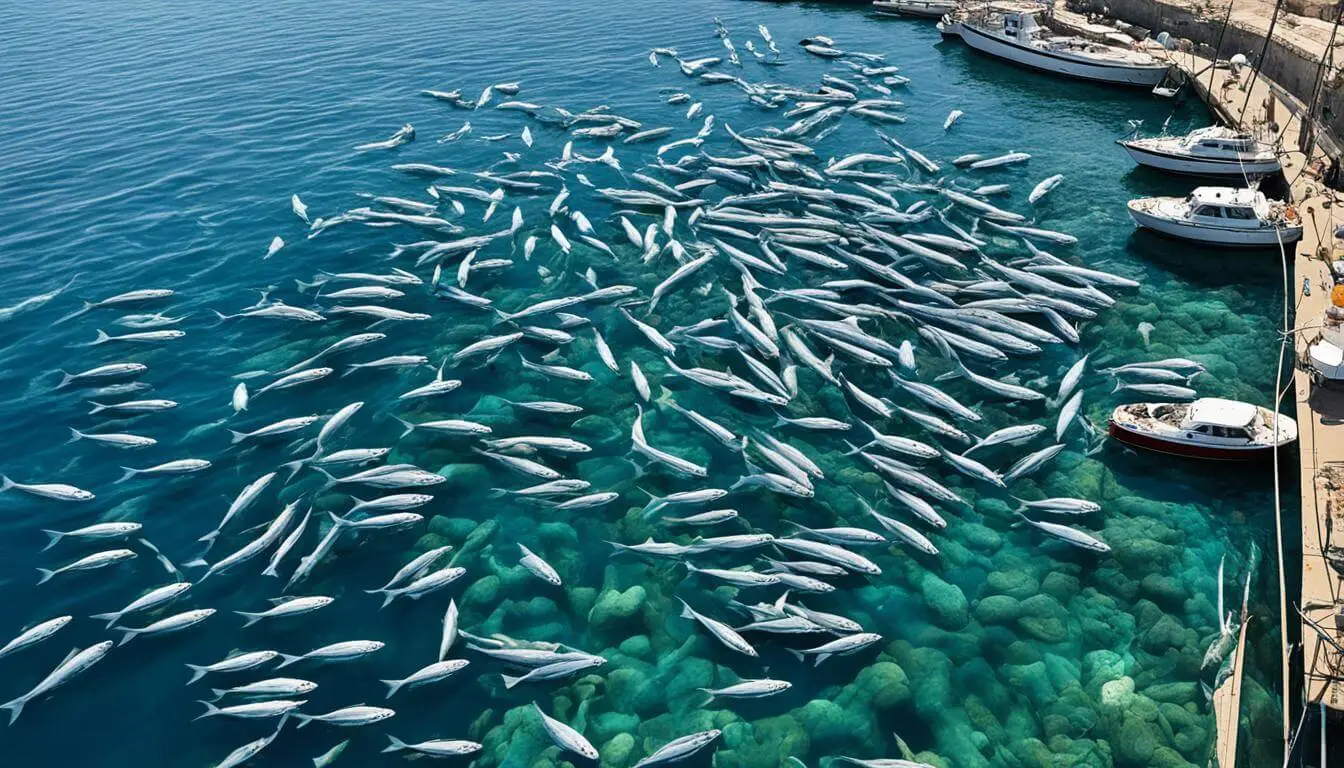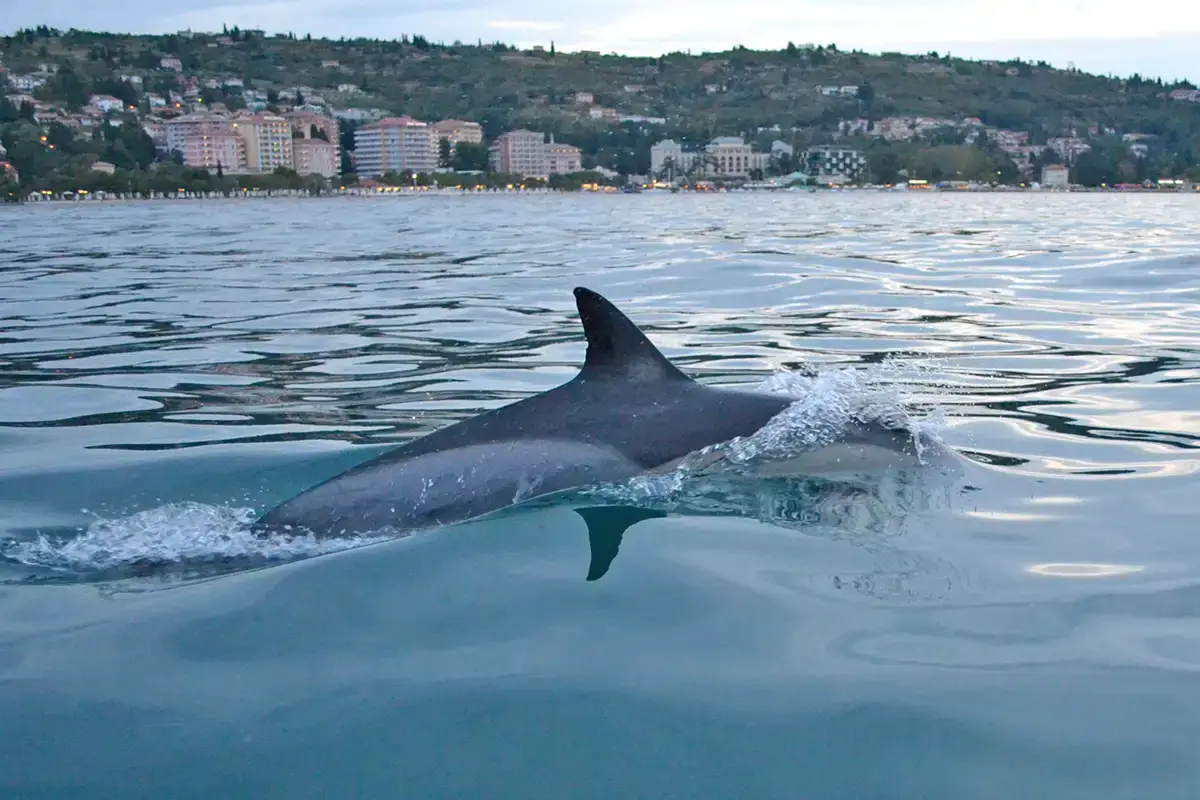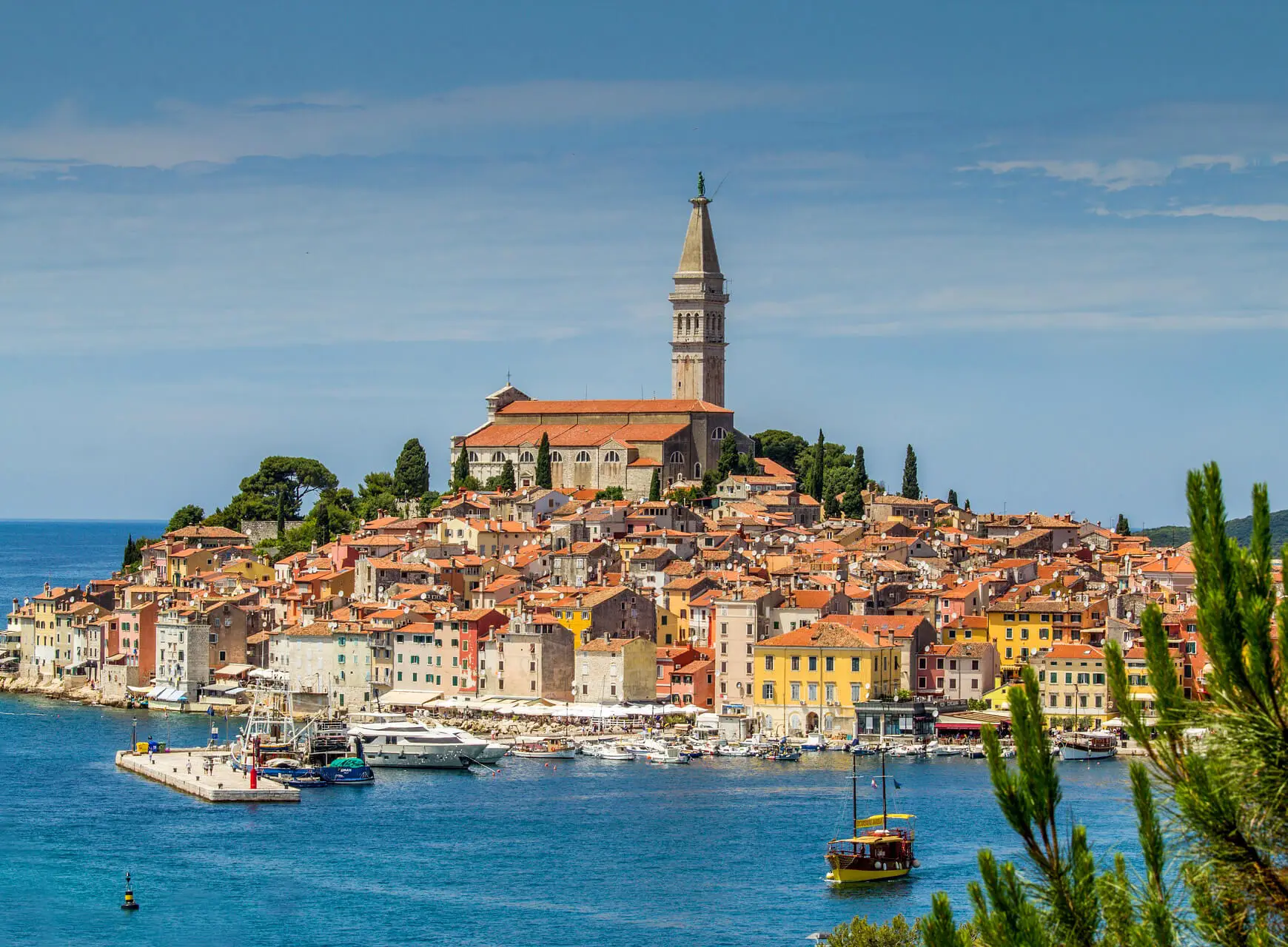The Adriatic Sea, nestled between the eastern coast of Italy and the western shores of the Balkan Peninsula, has long been celebrated for its stunning beauty, rich biodiversity, and economic importance to the surrounding nations. However, in recent decades, this crucial body of water has been under increasing threat from various environmental pressures, leading to a worsening ecological condition. The Adriatic Sea’s fragility has been highlighted by several ecological catastrophes, which serve as sobering reminders of the delicate balance that marine ecosystems maintain. This article explores the factors contributing to the decline of the Adriatic Sea, the real-life environmental disasters that illustrate its vulnerability, and the urgent need for action to protect this vital marine habitat.
The Adriatic Sea: An Overview
The Adriatic Sea is a semi-enclosed sea, covering an area of approximately 138,000 square kilometres. It is a crucial part of the Mediterranean region, supporting a diverse range of marine life, including over 7,000 species of flora and fauna. The sea’s unique characteristics, such as its shallow depth and relatively calm waters, make it a significant breeding ground for many marine species. Additionally, the Adriatic Sea plays a vital role in the economy of the surrounding countries, particularly in fisheries, tourism, and transportation.
However, the sea’s ecological balance has been increasingly compromised by various anthropogenic activities. Pollution, overfishing, habitat destruction, and climate change have all contributed to the degradation of the Adriatic Sea’s health. The impacts of these activities are evident in the declining fish stocks, the loss of biodiversity, and the increased frequency of ecological disasters in the region.
Pollution: A Major Threat to the Adriatic Sea
One of the most significant threats to the Adriatic Sea is pollution. The sea has been subjected to various forms of pollution, including plastic waste, chemical contaminants, and untreated sewage. The influx of pollutants into the sea has led to the deterioration of water quality, which in turn has had devastating effects on marine life.
Plastic pollution is particularly problematic in the Adriatic Sea. The sea’s semi-enclosed nature means that plastic waste tends to accumulate rather than disperse. As a result, large amounts of plastic debris have been found floating in the sea and accumulating on its shores. This plastic waste poses a serious threat to marine life, as many species ingest the plastic or become entangled in it, leading to injury or death.
A notable example of the impact of pollution on the Adriatic Sea is the 2019 incident off the coast of Montenegro, where a large mass of plastic waste was discovered floating in the sea. The sight of plastic bottles, bags, and other debris stretching for kilometres was a stark reminder of the scale of the pollution problem. This incident drew international attention and highlighted the urgent need for improved waste management and pollution control measures in the region.
Chemical pollutants, such as heavy metals and agricultural runoff, also pose a significant threat to the Adriatic Sea. These pollutants enter the sea through rivers and direct discharges, leading to the contamination of the water and sediments. The accumulation of toxic substances in the marine environment has far-reaching consequences, including the poisoning of marine organisms, the disruption of reproductive processes, and the alteration of food webs.
Overfishing and Habitat Destruction
Overfishing is another major factor contributing to the decline of the Adriatic Sea’s health. The sea has been heavily exploited for its fish stocks for centuries, and in recent decades, the intensity of fishing activities has increased dramatically. As a result, many fish populations in the Adriatic Sea have been severely depleted, with some species now on the brink of collapse.
The depletion of fish stocks not only threatens the livelihoods of local communities that rely on fishing but also disrupts the entire marine ecosystem. Predatory fish species, such as tuna and swordfish, have become increasingly scarce, leading to a cascade of ecological effects. The loss of these top predators has allowed smaller fish species and invertebrates to proliferate, which can result in imbalances within the food web.
Habitat destruction is closely linked to overfishing in the Adriatic Sea. Bottom trawling, a fishing method that involves dragging heavy nets across the seafloor, is particularly destructive. This practice not only captures target fish species but also causes extensive damage to the seabed, destroying habitats such as seagrass meadows and coral reefs. These habitats are crucial for the survival of many marine species, providing food, shelter, and breeding grounds. The loss of these habitats has a cascading effect on biodiversity, further exacerbating the ecological crisis in the Adriatic Sea.
One of the most significant ecological catastrophes related to overfishing in the Adriatic Sea occurred in the early 2000s, when the population of the European hake, a commercially valuable fish species, plummeted due to overexploitation. The collapse of the hake fishery not only had devastating economic consequences for local fishermen but also highlighted the unsustainable nature of current fishing practices. Despite efforts to regulate fishing and rebuild fish stocks, the recovery of the hake population has been slow, and the overall health of the Adriatic Sea remains precarious.
Climate Change and Its Impact on the Adriatic Sea
Climate change is an overarching threat that exacerbates the existing environmental challenges facing the Adriatic Sea. Rising sea temperatures, ocean acidification, and changes in salinity are all consequences of climate change that have profound impacts on the marine ecosystem.
Rising sea temperatures are particularly concerning for the Adriatic Sea, as they can lead to shifts in species distributions and the disruption of breeding cycles. Warmer waters can also result in the proliferation of harmful algal blooms, which can produce toxins that are harmful to marine life and humans. These blooms have become increasingly common in the Adriatic Sea, posing a significant threat to both the environment and the tourism industry.
One of the most alarming ecological catastrophes linked to climate change in the Adriatic Sea occurred in the summer of 2020, when a massive fish die-off was reported along the Italian coast. The die-off was attributed to a combination of high water temperatures and low oxygen levels, conditions that were exacerbated by climate change. The sight of thousands of dead fish washing up on the shores was a stark reminder of the vulnerability of the Adriatic Sea to the impacts of global warming.
The Urgent Need for Action
The worsening condition of the Adriatic Sea is a clear indication that urgent action is needed to protect this vital marine ecosystem. Addressing the multiple threats facing the Adriatic Sea requires a comprehensive and coordinated approach that involves all stakeholders, including governments, local communities, and international organisations.
One of the most important steps that can be taken to protect the Adriatic Sea is to reduce pollution. This can be achieved through improved waste management practices, stricter regulations on chemical discharges, and greater efforts to clean up existing pollution. Additionally, public awareness campaigns can play a crucial role in reducing plastic waste and encouraging more sustainable behaviours.
Overfishing must also be addressed through the implementation of more sustainable fishing practices and stricter enforcement of fishing regulations. Protecting critical habitats, such as seagrass meadows and coral reefs, is essential for the long-term health of the Adriatic Sea. This can be achieved through the establishment of marine protected areas and the restoration of damaged habitats.
Finally, addressing the impacts of climate change requires global cooperation to reduce greenhouse gas emissions and mitigate the effects of global warming. In the Adriatic region, efforts should be made to monitor and adapt to the changing conditions, such as rising sea temperatures and increasing storm frequency, to protect both the marine ecosystem and the communities that depend on it.
Conclusion
The Adriatic Sea is a vital and fragile marine ecosystem that is facing numerous environmental challenges. Pollution, overfishing, habitat destruction, and climate change are all contributing to the worsening condition of the sea. Real-life ecological catastrophes, such as the plastic waste crisis in Montenegro, the collapse of the European hake fishery, and the 2020 fish die-off, highlight the urgent need for action to protect the Adriatic Sea. By addressing these threats through coordinated efforts and sustainable practices, it is possible to restore the health of the Adriatic Sea and ensure its survival for future generations.



